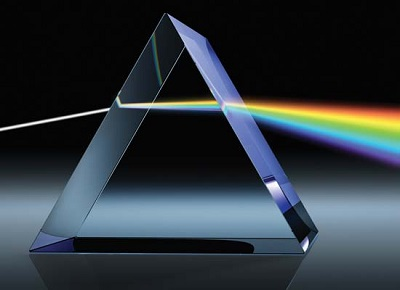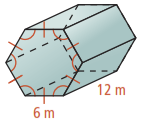Unit 11 Lesson 2 Surface Areas of Prisms and Cylinders
Unit 11 Lesson 2: Surface Areas of Prisms and Cylinders
Lesson Overview
Prisms
What You Will Learn
- properties of three-dimensional figures by investigating their surfaces
- finding the surface areas of prisms and cylinders.
Overview
In this lesson, you will learn the properties of three-dimensional figures by investigating their surfaces. You will show your learning by finding the surface areas of prisms and cylinders.
Essential Understanding
To find the surface area of a three-dimensional figure, find the sum of the areas of all the surfaces of the figure.
- Read pages 459-467 in your course textbook
This course is based on a textbook that is viewable by clicking on the textbook icon. Keep the textbook open while you go through the lesson so that you may refer to it throughout the lesson.

Lesson 2: Surface Areas of Prisms and Cylinders
Proceed to the Next Page
Prepare for Application
Instructions
You have now studied the Surface Areas of Prisms and Cylinders. It is now time to demonstrate your learning.
Try the activities below on your own. You should be able to answer these before beginning the practice.
Do these activities in your journal.
Activity 1
What is the surface area of the triangular prism shown below? Use a net.

Activity 2
Use the figure below for questions 1-3.
- What is the lateral area of the prism?
- What is the area of a base in simplest radical form?
- What is the surface area of the prism rounded to the nearest whole number?
Activity 3
- A cylindrical stencil roller has a height of 1.5 in. and a diameter of 2.5 in. How much area does the roller cover in one turn? Round your answer to the nearest tenth.
- Refer to Problem 4 on page 463 of your online textbook. What is the ratio of the height of the roller from question 1 to the larger roller's height from problem 4? What is the ratio of the areas the rollers can cover in one turn (smaller to larger)?
Activity 4
A cylinder has a height of 9 cm and a radius of 10 cm. What is the surface area of the cylinder in terms of π?




